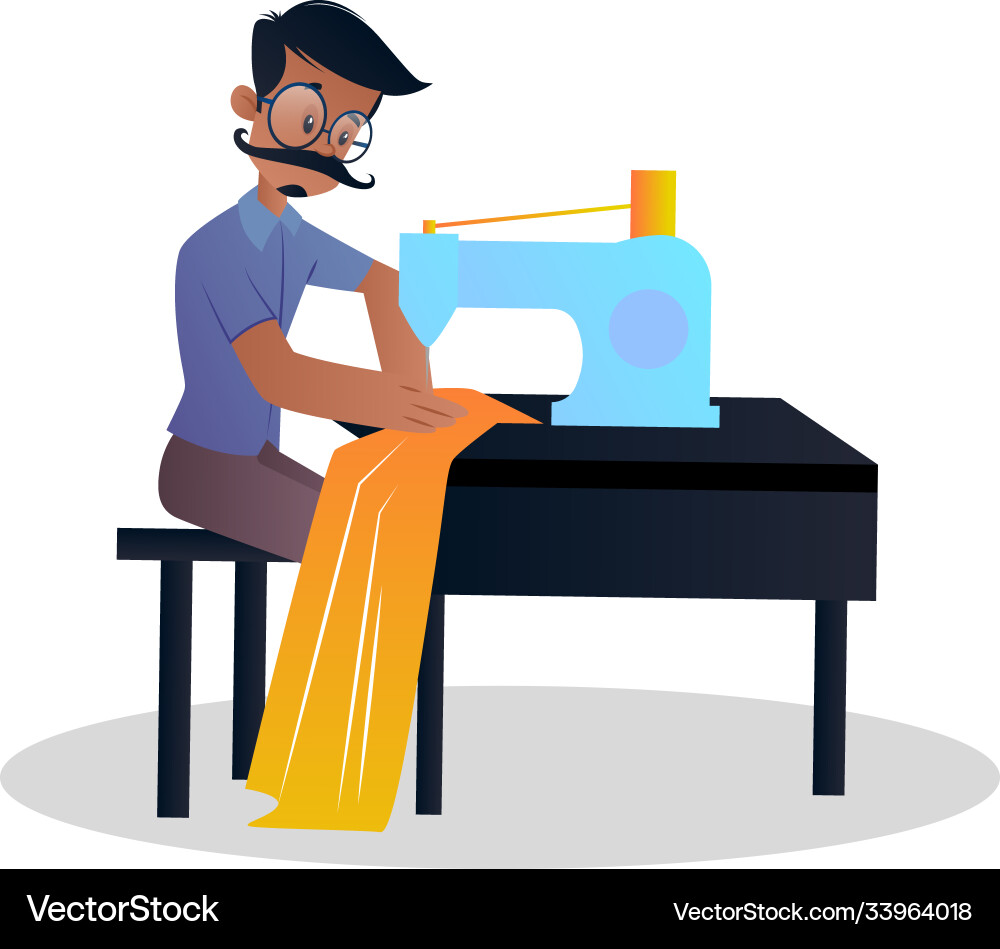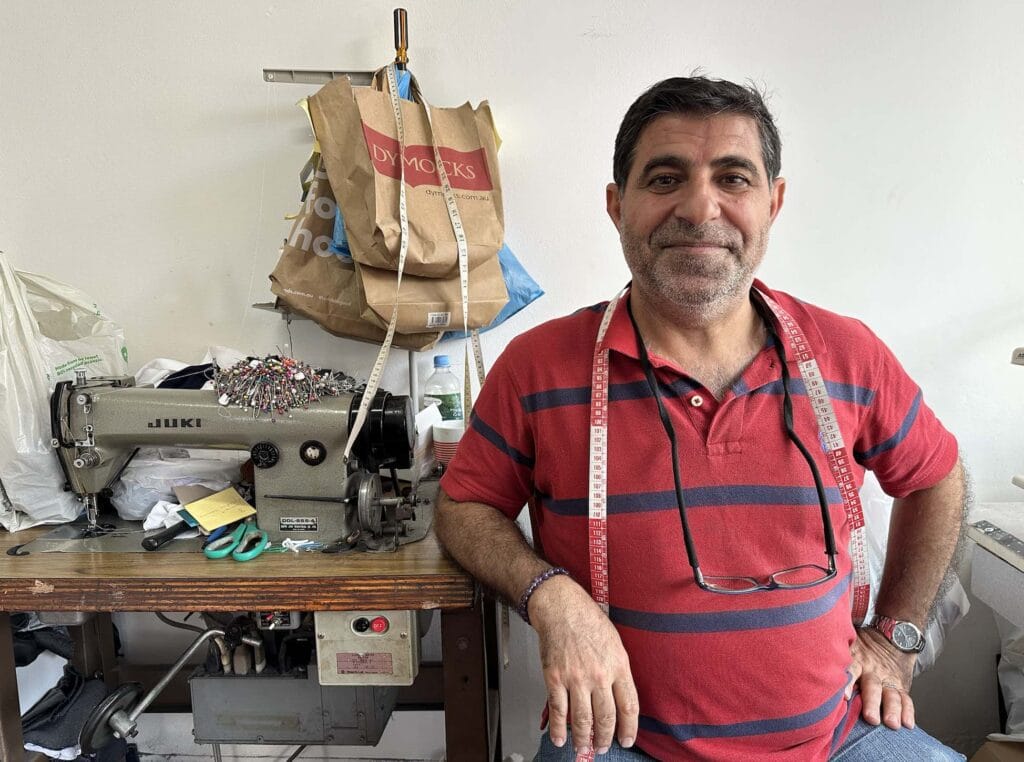Tailor Perth Professionals: Boost Your Fashion with Custom Tailoring
Tailor Perth Professionals: Boost Your Fashion with Custom Tailoring
Blog Article
Comprehending the Tailoring Refine: From Textile Choice to Final Fitting for the Ideal Closet
The tailoring process is a complicated interplay of art and scientific research, starting with the important decision of textile choice and finishing in the accurate modifications of last fittings. Each fabric type brings one-of-a-kind top qualities that affect not only the visual appeal but additionally the garment's durability and viability for different events. Recognizing the nuances of customizing techniques can raise one's wardrobe to extraordinary degrees of class. As we explore these aspects better, one have to consider how even the smallest information can significantly impact the overall end result of one's individual design.
Importance of Material Choice
Selecting the best material is important in the tailoring procedure, as it straight affects the comfort, sturdiness, and total visual of the final garment (tailor perth). The option of material establishes the structure for the garment's efficiency, functionality, and style. Different fabrics have one-of-a-kind homes, such as stretch, weight, and breathability, which can significantly impact just how the garment drapes and fits the body
Furthermore, material selection impacts the garment's longevity and ease of care. High-quality textiles can endure damage, maintaining their appearance and framework gradually, while lower-quality materials might bring about pilling or fading. Furthermore, the right fabric adds to the garment's capability to shift throughout celebrations and periods, therefore enhancing convenience.
A tailored item made from a suitable fabric not only showcases workmanship yet additionally boosts the wearer's confidence. Comprehending the subtleties of textile choice is vital for any type of customizing venture. It makes certain that the end product not only meets the aesthetic desires of the customer however additionally aligns with functional requirements, thus accomplishing a harmonious balance between type and feature in the customized wardrobe.
Kinds of Fabrics and Their Uses
Comprehending the numerous sorts of textiles available is vital for making educated choices during the customizing procedure. Each fabric possesses unique attributes that determine its suitability for details garments and occasions.
Its convenience allows it to be customized into whatever from shirts to gowns. Its all-natural flexibility aids garments maintain shape over time.
Silk radiates deluxe and is lightweight, making it ideal for eveningwear and fragile shirts; however, it needs cautious handling as a result of its frailty. Bed linen, with its textured surface, is a popular option for warm environments, providing a ventilated and crisp feel, however it wrinkles conveniently, which may affect the garment's appearance.
Artificial materials, such as polyester and nylon, deal resilience and resistance to creases, making them suitable for day-to-day wear and active clothing. Recognizing these material types and their buildings enables better decision-making, guaranteeing that each tailored item not only fits well yet also aligns with the intended purpose and celebration.
The Tailoring Techniques Explained
The art of tailoring relies on a selection of strategies that transform fabric right into well-fitted garments. Central to this procedure is pattern drafting, where a tailor produces design templates based on the client's measurements and wanted design. This initial action ensures that the garment will certainly fit the user properly before any kind of reducing occurs.
When patterns are established, cutting methods enter play. Accuracy is extremely important as errors can bring about misfitting garments. Tailors commonly utilize numerous reducing methods, such as single-layer cutting for detailed designs and multiple-layer reducing for performance on standard patterns.
Basting is an additional necessary strategy, allowing dressmakers to temporarily sew fabric assemble for a preliminary installation. This method offers the chance to assess the drape and total shape prior to last stitching.
Seaming techniques, consisting of french seams and flat-felled joints, enhance the garment's sturdiness and aesthetic charm. Tailors likewise utilize methods such as interfacing and padding to supply framework and shape to specific locations, like collars and shoulders.
Finally, ending up strategies, consisting of hemming and side completing, make certain the garment's long life while offering a polished look. With each other, these methods form the backbone of effective customizing, causing charming, custom-fit clothing.
Suitable Adjustments and Factors To Consider

Trick factors to consider include the shoulder fit, which needs to neither droop article source neither restrict movement, and the sleeve length, which need to allow for comfy arm motion while maintaining a polished look. In addition, changes at the waist can fine-tune the shape, with choices to allow out or absorb material as needed.
The rise of pants is another vital variable; it must sit comfortably above the hips without causing discomfort, enabling internet for convenience of movement. Hemming sizes for both trousers and skirts need to mirror the user's favored design while respecting proportions.

Preserving Your Tailored Garments
Constantly comply with the care tag directions, which may advise dry cleansing for fragile materials or machine washing for even more durable materials. Stay clear of frequent laundering, as this can wear down the textile and change the garment's shape.
Storage is equally important; usage cushioned hangers for coats and coats to maintain shoulder structure, and store pants folded up nicely or hung to stop creasing. Safeguard garments from straight sunshine, which can discolor shades and damage fibers.
In addition, regular evaluations for small fixings can prevent larger problems. Check for loosened switches, fraying joints, or indications of moth damage, attending to these troubles quickly to maintain the garment's stability.
Last but not least, think about seasonal turning. Putting on tailored pieces in moderation allows textiles to recuperate, expanding their lifespan. By executing these upkeep techniques, you can guarantee that your customized garments stay as pristine as the day you initially wore them, improving your perfect closet for many years to find.
Conclusion
The tailoring process, incorporating fabric option, skilled strategies, and exact suitable changes, plays a critical duty in creating garments that improve both convenience and design. Recognizing the importance of maintenance prolongs the life of tailored garments, solidifying their value in a well-curated wardrobe.
Choosing the appropriate fabric is important in the customizing procedure, as it straight influences the convenience, toughness, and general aesthetic of the anchor final garment. The selection of fabric establishes the foundation for the garment's performance, efficiency, and design. Different fabrics possess distinct residential or commercial properties, such as weight, stretch, and breathability, which can considerably affect exactly how the garment drapes and fits the body.
The art of tailoring relies on a range of strategies that transform fabric right into well-fitted garments.The customizing process, including fabric selection, experienced methods, and exact suitable changes, plays a vital role in creating garments that boost both comfort and design.
Report this page